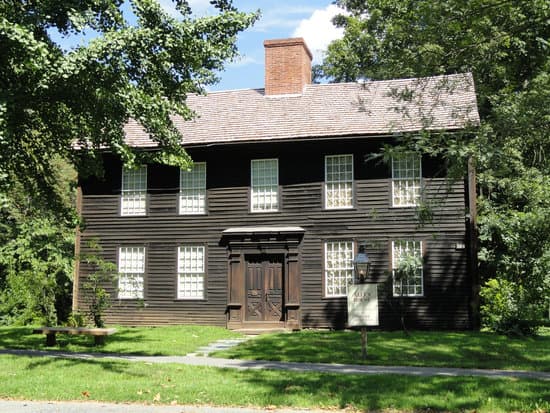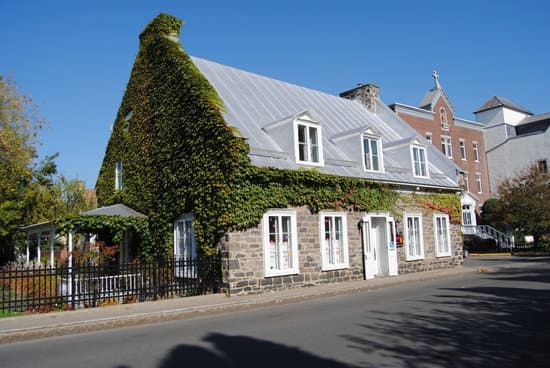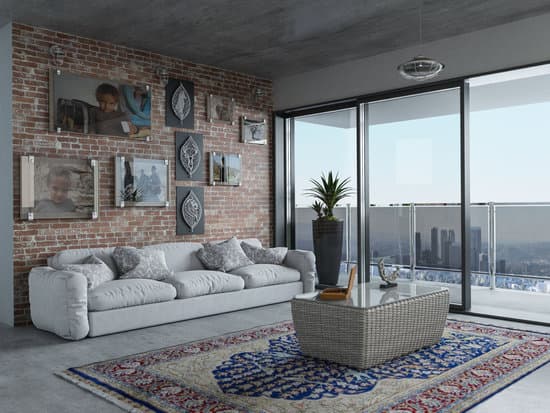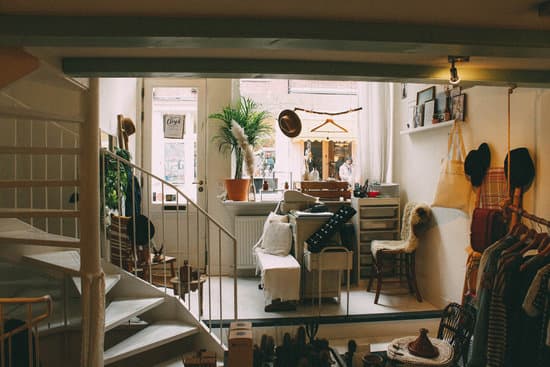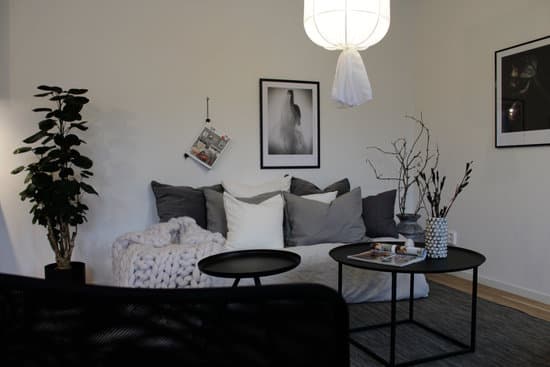Understanding Wahoo Walls
While traditional drywall may still dominate the interior wall construction market, Wahoo Walls is quickly gaining popularity as a more modern and flexible alternative. Unlike drywall, Wahoo Walls are made from extruded rigid PVC foam panels with a high-density bead foam core, making them incredibly strong, durable, and resistant to damage from moisture, fire, or impact. Because Wahoo Walls come in pre-measured panels, they are quick and easy to install, with less mess and no need for special tools or expertise.Key features of Wahoo Walls
- Durable and dense PVC foam core
- Moisture, fire, and impact-resistant
- Easy to install with pre-measured panels
- Flexible and customizable
- Can be painted or wallpapered for endless design options
- Insulating properties to reduce energy bills
- Stain-resistant and easy to clean
How much does Wahoo Walls cost?
The cost of Wahoo Walls can vary depending on the size of the project and the complexity of the design. The standard cost for five panels, which equates to 20 linear feet, is approximately $500. This price includes all the necessary installation hardware, but it does not include any additional finishing materials, such as paint, wallpaper, or trim. Tip: It is important to note that this cost may vary slightly depending on your location and the supplier you choose. Therefore, it is essential to do some research and compare prices from different suppliers before settling on a final offer.Wahoo Walls cost versus traditional options
While the upfront cost of Wahoo Walls may seem higher than traditional drywall, the long-term benefits can outweigh the additional expense. The durability and resistance to moisture, fire, and impact can save homeowners from costly repairs or replacements down the line. Wahoo Walls also offer better insulation, which can reduce energy bills and improve the overall energy efficiency of your home. Furthermore, the installation process of Wahoo Walls is much simpler, requiring fewer specialized tools and expertise. This means that homeowners can save on installation costs and time, making Wahoo Walls a more cost-effective option in the long run.Installation process of Wahoo Walls
The installation process of Wahoo Walls is straightforward and can easily be done as a DIY project. The panels come pre-measured and can be cut to fit any size or shape, making them flexible and customizable. Here are the steps involved in installing Wahoo Walls:- Cut the Wahoo Wall panels to size using a utility knife or fine-toothed saw.
- Apply adhesive to the back of the panels and attach them to the wall using screws or nails.
- Fill any gaps or seams with spackle or joint compound and sand them down to a smooth finish.
- Paint or wallpaper the walls and add any trim or baseboards to complete the look.






